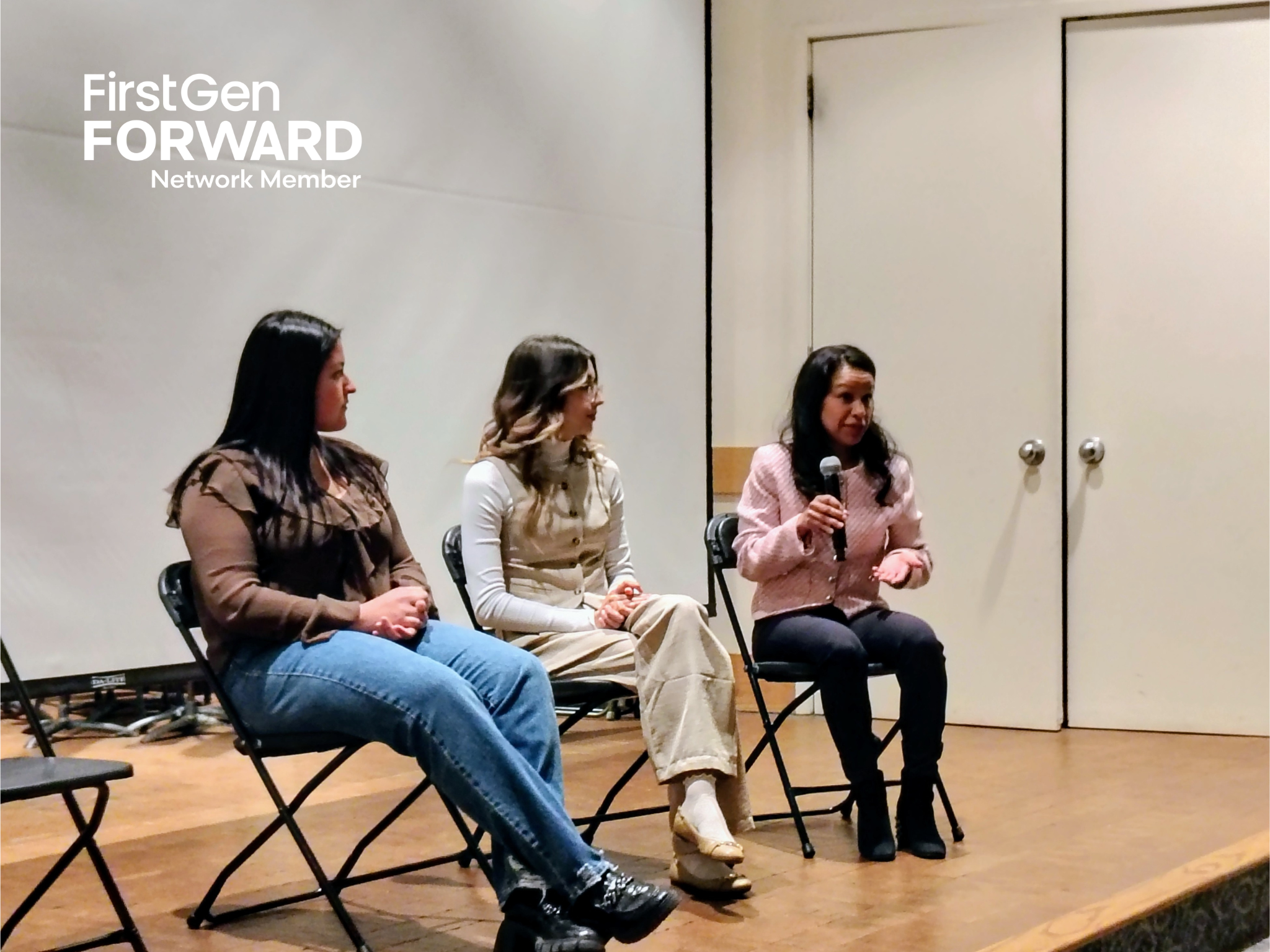In my role at Kalamazoo College, I have the privilege of supporting first-generation students. I bring to the role 20 years of experience in education. I previously worked as a classroom teacher in Detroit Public Schools and the Kalamazoo County Juvenile Home. When I arrived at Kalamazoo College as a new hire in January of 2025, I was pleased to see that many folks were already engaged in conversations surrounding first generation students and planning for this work. Kalamazoo College, although a stone’s throw from my previous employer, is vastly different. I worked for Western Michigan University (WMU) for 12 years. WMU is a public university with a student population of over 16,000 students in both undergraduate and graduate programs. Kalamazoo College is a highly selective, small, liberal arts college with just over 1,300 undergraduate students. Still, I found that there had been robust conversations about supporting first generation students and others. These conversations were in progress in nearly every corner of the institution, including amongst faculty, staff, and senior leadership.
From the outset, I was welcomed by various people who were concerned about supporting first generation students, who make up about one-third of the student population at Kalamazoo College. I connected with Professors Daniela Arias-Rotondo and Cecilia Vollbrecht (both Chemistry and Biochemistry) as well as Sashae Mitchell (Director of the Center for Civic Engagement) to bring filmmaker Cynthia Martinez, a native to Michigan, to campus to share her film First Voice Generation. The film follows three pre-college students in the days leading up to their acceptance to college. Angel Ruiz, a graduating senior at Kalamazoo College, is featured in the film. Our event featured Angel and Nayeli Mora, a senior who attends Grand Valley University. After screening the film, the honored guests took questions from the audience.
The screening of this film took place at Kalamazoo College on April 17, 2025. It was impactful as it brought awareness to the fact that there are first generation students attending institutions like Kalamazoo College. In addition, the film allows viewers to see similarities that first generation students have with continuing generation students and some of the differences between these two populations. For example, the film highlights the diversity within the first-generation student population. That diversity includes nationality, socioeconomic status, and other factors.
As I reflect on the film and my career, there are three themes that resonate in my mind:
-
First generation students thrive best when coupled with supportive others who understand that their college experience is about more than just GPAs. Supportive others must be prepared to discuss physical/mental health, culture, adverse experiences, and finances.
-
The voices of first-generation students must be heard and supported by college administrators with funding and deeds. In other words, there should be actual service, not just lip service.
-
First generation students’ presence on campus adds to the diversity of the institution and improves services for all students. Their presence encourages administrators to continually improve services and supports, which uplifts all students in the vicinity.
Overall, I believe that screening First Voice Generation was a valuable tool to engage the campus in conversations on the subject. It provided information for those who are new to the topic while giving an in-depth look into the lives of three students walking the fragile journey to higher education. I highly recommend this film.
For more information on Kalamazoo College's approach, please visit their website here.

-2.png)
.png)